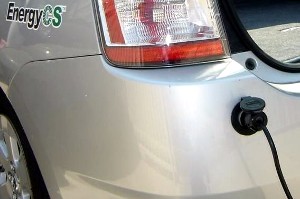The U.S. Department of Energy (DoE) has cut licensing fees to $1,000 and reduced paperwork for start up companies on 15,000 patents held by national laboratories. The initiative aims to double the number of start up companies coming out of the department’s 17 national labs.
Any of the 15,000 unlicensed patents and patent applications held by the national labs will be available for licensing by start up companies. Beginning on 2 May, DoE will post a streamlined template option agreement online for entrepreneurs to submit to the labs. Entrepreneurs must identify the technology of interest and submit a business plan to be considered for the program by 15 December.
During this time DoE will reduce the total upfront cost of licensing its patents in a specific technology to a $1,000 fee for portfolios of up to three patents. DoE says this represents a savings of $10,000 to $50,000 on average in these fees. Other license terms, such as equity and royalties, will be negotiated case by case and will typically be due once the company grows and achieves commercial success.
DoE will simplify the licensing process and establish a standard set of terms for start-ups. This new process is expected to reduce both the time and cost required to process the license, allowing faster access to the patents.
The department is also lowering the requirements for companies to use national lab facilities. Advance payments to cover the first period of research work, are reduced from 90 days to 60 days. This payment reduction is available to all companies, not just start ups.
The technologies available for licensing include solar energy storage, transport, and conversion systems, as well as catalysts to remove nitrogen oxide emissions in diesel fuel. A complete list of available DoE technologies is on the department’s energy innovation portal.
Read more:
- National Lab Develops Material for Safe Hydrogen Storage
- National Lab Signs Two Auto Battery Licensing Deals
* * *


 RSS - Posts
RSS - Posts
You must be logged in to post a comment.